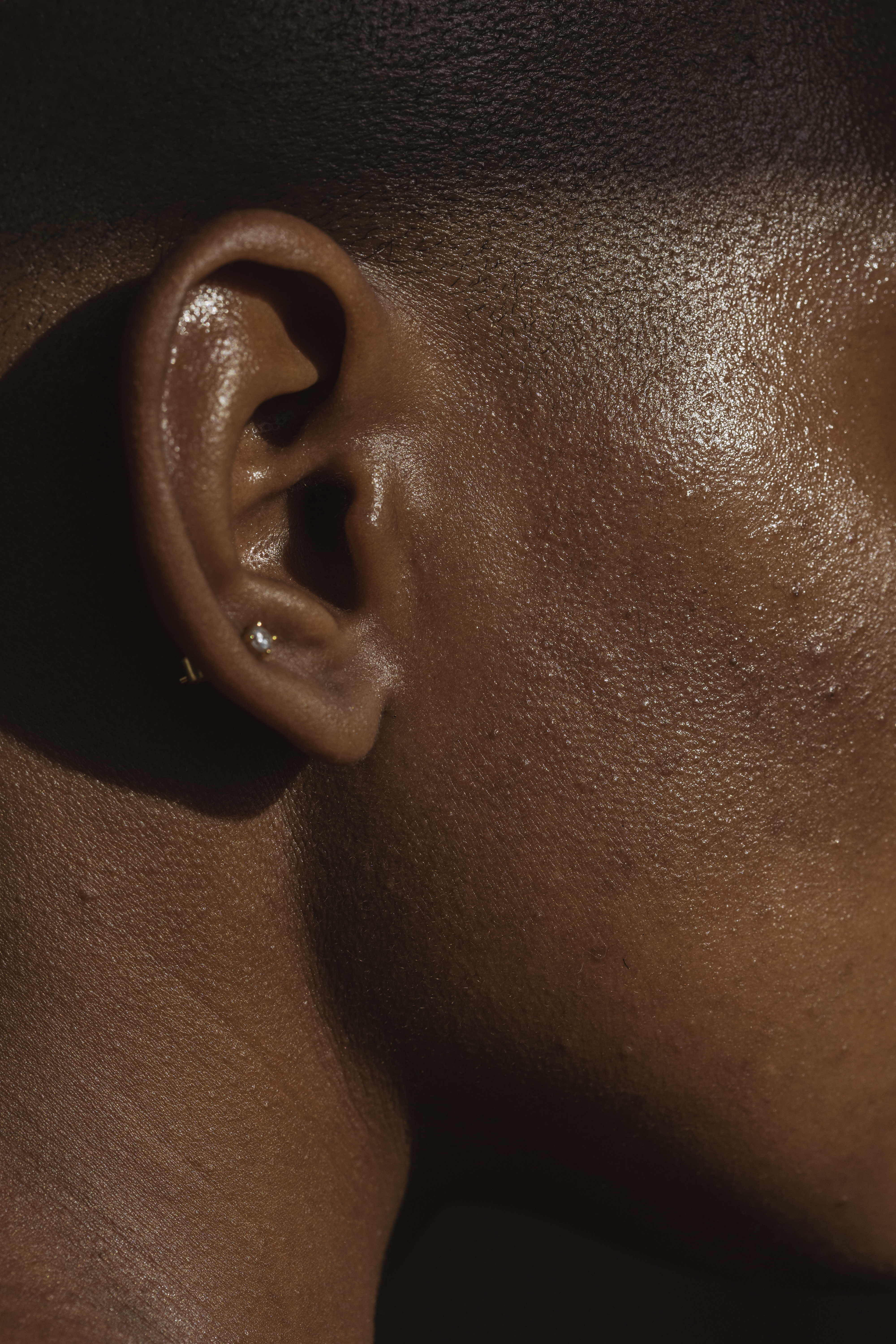
By Aria Brent, AFRO Staff Writer
The National Institute on Deafness and Other Communication Disorders (NIDCD) estimates that nearly 30 million people experience hearing loss or deafness. Some use hearing aids and cochlear implants while many cannot hear at all. September is Deaf Awareness Month and community experts are sharing how to include and listen to deaf people in your community.
“Deafness can occur in many different ways and perhaps the most well known reason is age related,” explained Wade Chien, M.D. “It has been shown that most of us are going to lose some hearing. The sensory cells in the inner ear, they help us to detect sounds and the auditory nerve cells have a finite lifespan.”
Some people are born deaf, while others get into accidents, have medical issues or lose their hearing with age. When not provided with the proper resources or environments, being deaf can be a very isolating experience.
Chien is an otolaryngologist at John Hopkins Hospital’s Bethesda Campus. He explained that oftentimes hearing loss isn’t something that can be reversed, however, there are several options to create inclusive spaces for the deaf community.
“The most common treatment option for patients with hearing loss is hearing aids.They are a very effective way of treating hearing loss and basically they amplify sounds to make louder, so it’s easier to hear,” explained Chien. “Another option is cochlear implant. It is an electronic device that we can surgically implant into the inner ear and the cochlear implant can actually not only help us to detect information, but it can actually help us process some information. Cochlear implant devices are a very effective treatment option for those patients who found hearing aids aren’t helpful.”
American Sign Language (ASL) is an imperative communication mode for the hearing impaired community. More than 90 percent of deaf children are born to hearing parents, according to the NIDCD. Meanwhile a 2012 Gallaudet Research Institute Annual Survey found that 72 percent of these hearing parents do not know how to communicate with their children in ASL.
“There are so many platforms that offer free classes online and in-person. If you want to be more intune with the deaf community there are lots of resources,” said ASL interpreter and instructor, Tiffany Leach. “A lot of deaf people feel inferior to hearing people because of how excluded they are. When you’re at an event and everybody is laughing and talking and no one is including you, it can be very hard.”
Leach explained that she’s experienced students who lash out and misbehave when their families and community members don’t use ASL and they feel ignored. She discussed why reading lips and writing out what you’re trying to communicate isn’t enough.
“Not every deaf person can read lips and for deaf people who use ASL they may not know how to translate what they’re saying in sign language to literal words or they may not know how to spell it out,” stated Leach. “Deaf people do all the same things we do, they just communicate differently. Whenever they don’t understand what you’re saying, it’s because of a language barrier more times than not. Not because they’re stupid or anything like that.”
The idea of deaf people being mute or stupid is a negative stereotype that isn’t true for lots of people in the hearing impaired community. What is often mistaken for a lack of understanding is truly just a difference in communication. Even if you’re unable to sign and communicate with those in the deaf community, you can still be inclusive of them via advocacy.
“The reality of it is deaf people are just like hearing people. The only difference is they’re not able to hear,” said Vickie Lewis. “They need everything that we need, it’s just that they need assistance with hearing and being heard. Which means somebody is voicing for them with everyday life activities.”
Lewis is a ASL interpreter at Jackson State University and has 30 years of experiencing with providing a voice for and to the deaf community,
She explained that society can be more inclusive of the deaf community by treating them like everybody else, all the while being mindful of their disability. She noted that being your most genuine self is a must when communicating with people in the deaf community.
“Don’t be afraid of deaf people and include them,” Lewis stated. “When interacting with them, be friendly–be you and they’ll be them. There’s a way to figure out that communication barrier because, believe it or not, about 60% of our communication is through body language anyway.”
In light of Deaf Awareness Month, learn more about how to be more inclusive of the deaf and hard of hearing communities near you at deafservicesunlimited.com.


